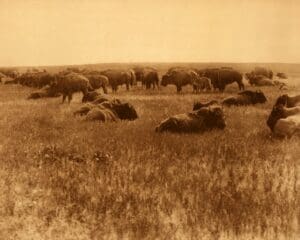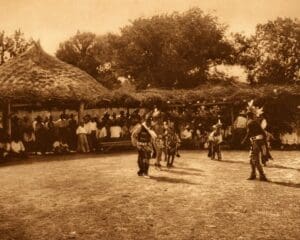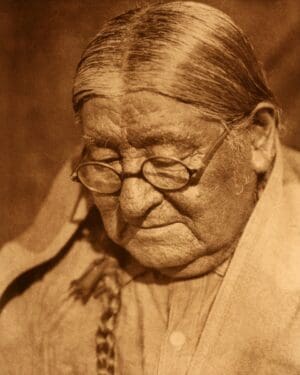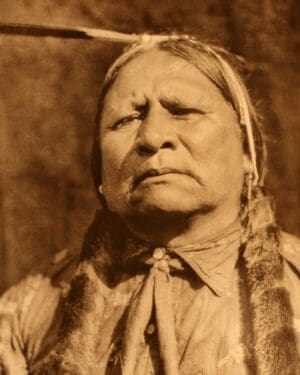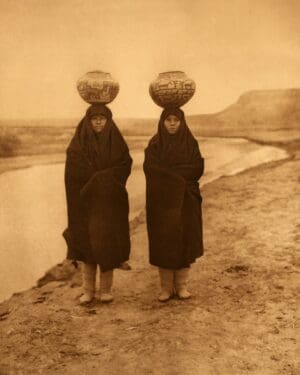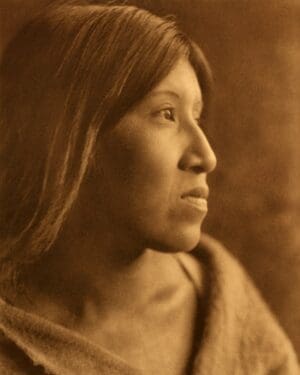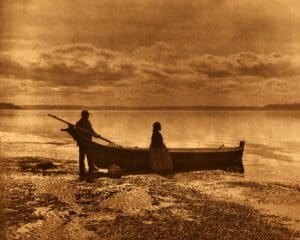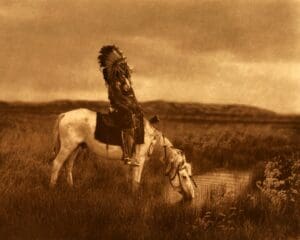Wichita Native Americans
Wichita Indian Photos by Edward S. Curtis
Tribal Summary
Dress
In olden times the style of dress was not elaborate. Wichita Indian men wore breech-cloth and moccasins; women wore a short skirt and sometimes a deerskin shirt. In winter both sexes used buffalo-skin robes, dressed with the hair on. Men tattooed their chests, the symbols representing war deeds. Complete circles were tattooed about the eyes, from which the tribe derived its name Kitikiti’sh (“Raccoon Eyes”). The women bore highly elaborate tattooed designs on face, neck, chest, and breasts. The purpose of tattoo marks for the women, aside from the benefits of health, long life, and beauty, was to distinguish 1hem from women of other tribes and from slaves.
Dwelling
As an agricultural people and village-dwellers, the Wichita erected substantial, conical, grass-thatched dwellings which served also as ceremonial lodges. An elaborate ritual accompanied their erection. For summer use, rectangular arbors were built, the roof thatched in a manner similar to that of the grass-house, but the sides were left open. Maidens slept in a thatched hut built on a platforn reached by a ladder which was removed at night when the girls retired.
Food
The Wichita raised corn, beans, melons, squashes, and pumpkins; the last two were dried, cut into long strips, and braided and hung away for winter use. Game, such as deer, antelope, and buffalo, was eaten as fresh meat or was stored for the winter. Wild vegetables such as sweet potatoes and pond-lily bulbs, as well as nuts, berries, and fruits, were gathered.
Showing all 6 results


